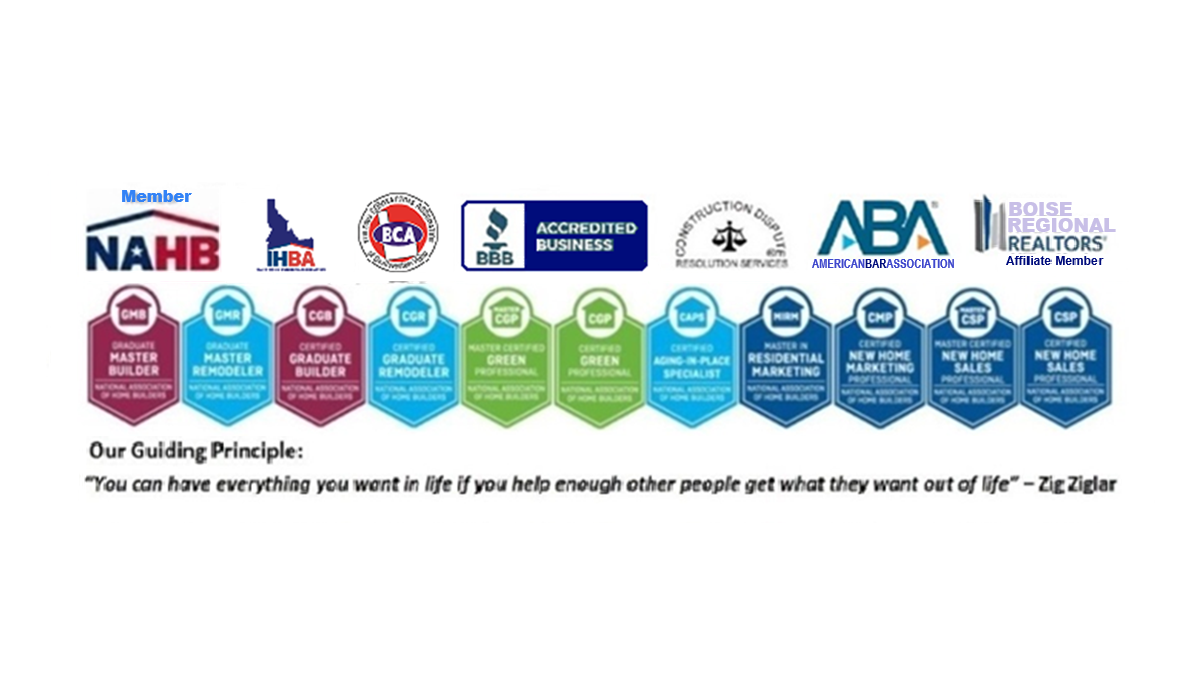Eco-friendly Construction Leading to Healthier & Asbestos Free Homes
Are you considering purchasing a “fixer-upper” or remodeling your older existing home? Here is something to consider.
Highly regarded throughout the 20th century, asbestos gained immense popularity because of its reluctance to conduct electricity and fire resistance qualities. Asbestos can appear in roof shingles, dry wall, attic insulation, popcorn ceilings, joint compounds and electrical wires.
Most homes built before 1980 could harvest asbestos or other environmental defected insulation methods. Those involved in home improvement, construction and remodeling scenarios should know that the implementation of eco-sustainable construction, green remodeling and green energy home solutions will play an important role in the transformation to a healthier and sustainable world.
According to the experts, the general rule of thumb is if the asbestos is in good shape, it’s posing no apparent risk. If it’s in bad shape, it could be a problem. In many situations, the best action in dealing with asbestos is no action at all. However, if an inspector deems removal necessary, it must be performed by a licensed abatement contractor who is trained in handling asbestos materials. They must wear protective equipment such as masks and gloves to avoid any potential exposure.
When asbestos deteriorates and its fibers become airborne, it has the potential of causing severe lung ailments such as mesothelioma and asbestosis. Due to the fact most asbestos-related illness are usually diagnosed in late stages, sometimes 20 to 50 years after exposure, a mesothelioma prognosis is usually poor.
When involved in home improvement or remodeling, it is especially important to embark on the proper inspections to insure the safety of your clients, building workers and your reputation. Problems with asbestos in older buildings should be addressed in a rational manner. The removal of asbestos must be done by professional abatement contractors who are trained in handling toxic materials. Although not all asbestos is considered dangerous, it is best to leave any suspected materials un-disturbed until a professional can determine the best course of action.
Once the removal is complete, green alternatives should be considered, such as: cotton fiber, lcynene and cellulose. These green options have the same beneficial qualities as asbestos, minus the health deteriorating and toxic components.
The Department of Energy concluded that cooling and heating counts for up to 50-70 percent of all energy used in the average home in the U.S. In today’s state, this philosophy can also save natural resources. Using methods of sustainable construction allow for you and your family to live in a healthy and safe home, free of health corroding materials.
Chuck Miller GMB CGB CGP MIRM CMP MCSP CSP
President / Builder – Chuck Miller Construction Inc.
(208) 229-2553



The accident of finding this post has brhtgiened my day